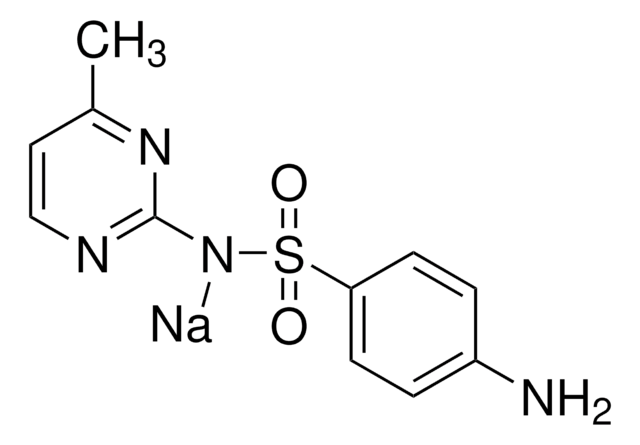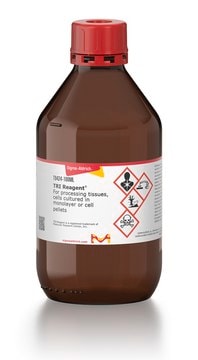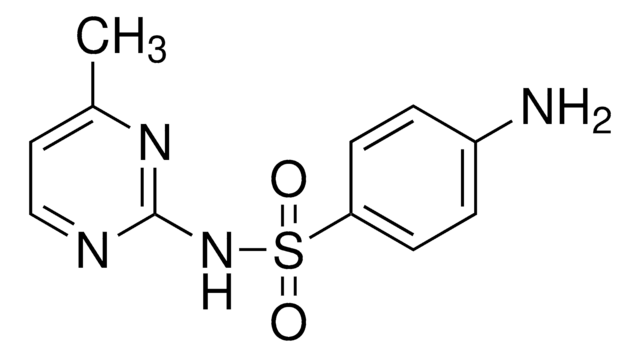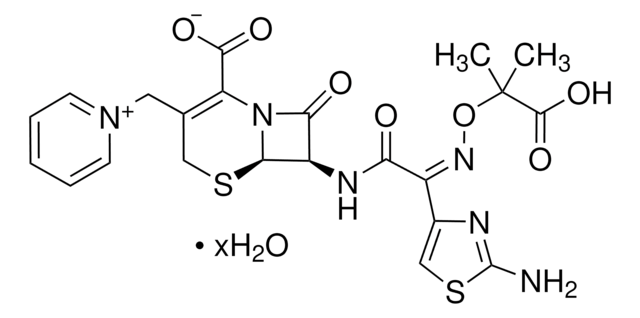Key Documents
S5637
Sulfamethazine sodium salt
≥98%
Synonim(y):
4-Amino-N-(4,6-dimethyl-2-pyrimidinyl)benzenesulfonamide
About This Item
Polecane produkty
Poziom jakości
Próba
≥98%
Postać
powder
warunki przechowywania
(Keep container tightly closed in a dry and well-ventilated place.)
kolor
white to off-white
rozpuszczalność
H2O: soluble 50 mg/mL
spektrum działania antybiotyku
Gram-negative bacteria
Gram-positive bacteria
Tryb działania
DNA synthesis | interferes
enzyme | inhibits
temp. przechowywania
2-8°C
ciąg SMILES
[Na].Cc1cc(C)nc(NS(=O)(=O)c2ccc(N)cc2)n1
InChI
1S/C12H14N4O2S.Na.H/c1-8-7-9(2)15-12(14-8)16-19(17,18)11-5-3-10(13)4-6-11;;/h3-7H,13H2,1-2H3,(H,14,15,16);;
Klucz InChI
WIVZAHIZHZEEOX-UHFFFAOYSA-N
Opis ogólny
Zastosowanie
Działania biochem./fizjol.
Opakowanie
Inne uwagi
Hasło ostrzegawcze
Warning
Zwroty wskazujące rodzaj zagrożenia
Zwroty wskazujące środki ostrożności
Klasyfikacja zagrożeń
Acute Tox. 4 Oral
Kod klasy składowania
11 - Combustible Solids
Klasa zagrożenia wodnego (WGK)
WGK 3
Temperatura zapłonu (°F)
Not applicable
Temperatura zapłonu (°C)
Not applicable
Certyfikaty analizy (CoA)
Poszukaj Certyfikaty analizy (CoA), wpisując numer partii/serii produktów. Numery serii i partii można znaleźć na etykiecie produktu po słowach „seria” lub „partia”.
Masz już ten produkt?
Dokumenty związane z niedawno zakupionymi produktami zostały zamieszczone w Bibliotece dokumentów.
Klienci oglądali również te produkty
Nasz zespół naukowców ma doświadczenie we wszystkich obszarach badań, w tym w naukach przyrodniczych, materiałoznawstwie, syntezie chemicznej, chromatografii, analityce i wielu innych dziedzinach.
Skontaktuj się z zespołem ds. pomocy technicznej










